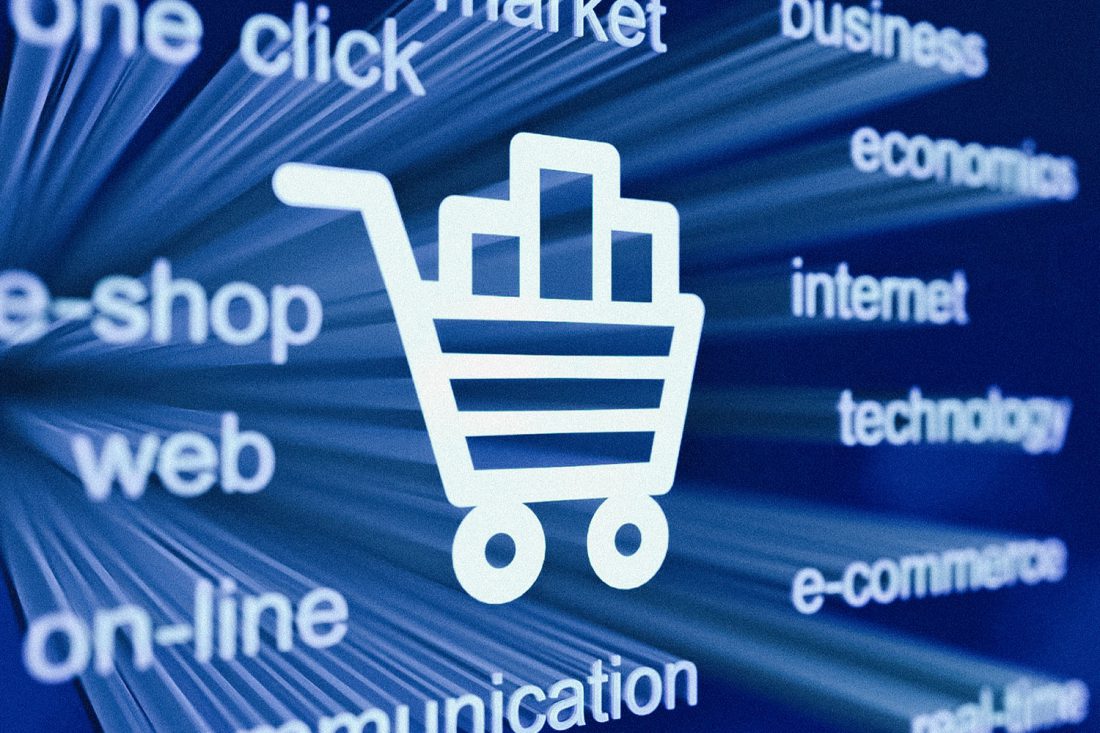Amazon E-commerce Digital Marketing Staple or Retail Relationship Killer?
 Amazon is online retail. Can anyone argue with that? Few companies are as synonymous with a vertical as Amazon is with e-commerce. The company is a giant in all respects, but has its meteoric growth come at the expense of long-standing relationships that brands had fostered with traditional brick and mortar retailers?
Amazon is online retail. Can anyone argue with that? Few companies are as synonymous with a vertical as Amazon is with e-commerce. The company is a giant in all respects, but has its meteoric growth come at the expense of long-standing relationships that brands had fostered with traditional brick and mortar retailers?
Harmelin Media believes that for brands with products to sell, Amazon is a “must-use” platform for both brand awareness and direct product sales as more and more consumers start their purchase journey with Amazon.
However, anything that has grown this big, this quickly, will have critics.
Concerns about Amazon
Detractors of Amazon will argue that they are:
- A threat to existing brick and mortar retail and those retailers’ relationships with brands
- Too large and powerful, forcing brands to overextend their investment with Amazon
The long-standing argument that big-box retail threatens small business has suddenly found a new ally, in big-box retail itself. For years, people spoke of companies like Walmart and Home Depot as destroyers of small business. Now, both traditional “mom and pop” businesses and big-box retailers alike are feeling the pressure from the meteoric growth of Amazon, as they try to compete using a business model that is quickly appearing increasingly outdated.
Additional concerns arise from a brand’s need to over-invest in Amazon to ensure they are being competitive in an extremely crowded space, sometimes at the expense of existing retail relationships which may be more beneficial to the brand financially. By investing marketing dollars in Amazon, it decreases the likelihood that consumers will leave the Amazon experience to purchase products elsewhere.
While these concerns are all valid, it’s simply impossible to ignore the marketing power of Amazon given its continued growth potential, as they have consistently demonstrated an ability to anticipate the ideal shopping experience for many consumers. With the buying power of millennials increasing and “Generation Z” entering their college years and on the cusp of entering the workforce, brands are facing a reality where convenience is king, and that many consumers with money to spend are going to utilize whatever service gets them what they need, as quickly as possible, with as little effort as possible.
To its credit, Amazon’s operational excellence has overcome many of the obstacles that historically challenged online retailers, from free shipping to same day delivery to one-click (and even voice-activated) ordering. Amazon appears to have foreseen this change in consumer demands and desires, while traditional big-box retailers scramble to play catchup (see Walmart and its $3.3 billion acquisition of Jet.com in 2016).
Advertising with Amazon
With all those eyeballs on Amazon’s platforms, is it any wonder that in 2017, the retail giant began investing resources to grow its advertising arm? Amazon had been lagging behind other top ad platforms for years, but with the recent push their ad revenue hit $2.2 billion in Q2 ‘18, an increase of 132% YOY1. By doing so, Amazon has been able to leverage its 300 million users2 and provide access to consumers who are active in the purchase funnel to brands who want to reach those users. Nearly 60% of those users begin their product search by engaging with Amazon. With so many consumers involved with the platform and brands feeling a growing responsibility to invest in reaching them, those brands face pressure to do so, at the expense of existing retailer relationships as more importance is placed on Amazon sales to maintain profitability with the retail giant.
The knowledge that Amazon has finally decided to weaponize its scale and focus on its advertising arm is exciting to brands and terrifying for traditional retailers. In the past, Amazon’s attention was geared to product sales and customer satisfaction. But as Amazon works to improve its advertising tools, leaning on its search (Amazon Marketing Services, or AMS) and display (Amazon Media Group, or AMG) offerings, they are seeing immediate dividends: Amazon posted over $2 billion in advertising revenue in first quarter 2018, a 139% increase over the prior Q13, dwarfing the 2017 growth rate referenced above.
These improved advertising options allow brands to influence consumers at multiple parts of the sales funnel. The AMG offering allows for targeting on connected devices like the Fire TV, as well as Amazon Kindle products, serving ads to users early in the buying process. Product display ads on AMS offer low-cost impressions targeting users in the “consideration” phase who are doing initial product research. Headline Search and Sponsored Product ads on AMS are more impactful search units, and are both strong sales drivers when users are ready to make a purchase. According to a May 2018 Marketingland.com article, Amazon is poised to release a re-targeting product, likely slated for its AMS system which will further round out its offering.
While Amazon is an absolute must for retail clients, brands do need to be careful with navigating the Amazon advertising experience and working to balance exposure with profitability. It’s easy to over-invest and lose sight of your ultimate business goals in the process. In addition, navigating its offerings can be difficult, as the experience for advertisers is lightyears behind more advanced self-service platforms like Google AdWords and Facebook. Harmelin Media has a deep understanding of the channel and its challenges, while also remaining aligned with our client’s business goals rather than being distracted by Amazon’s goals (profitability). We are equipped to seamlessly add the Amazon advertising experience to our clients’ overall marketing efforts, ensuring that all advertising channels, both digital and traditional, are working together.
While Amazon’s continued growth has put retail giants on notice, the fact is that we are living in an age of convenience. Consumers demand a frictionless experience where they can arrive home and find their order waiting for them at the end of the day. Walmart is running a national TV campaign highlighting its delivery service. But is it too little, too late? While Amazon’s dominance may force brands to make tough decisions as it relates to existing retail relationships and the resources they can use to drive traffic to them, Amazon needs to be viewed as a digital marketing staple due to its scale, its new focus on improving marketing options, and its ability to consistently meet consumers’ needs in a rapidly changing market.
Conclusion
Harmelin Media feels that Amazon’s scale and power as a digital retail giant cannot be ignored. The company’s recent investment in its advertising arm not only scaled profitability, it increased the advertising opportunities for retail brands in a digital “point of sale” environment. The demand for convenience and immediacy cannot be ignored, and Amazon is uniquely positioned to excel at delivering both for years to come.
With that said, navigating Amazon’s archaic advertising platform and standard ad support advice of “just spend more” can be difficult, so aligning with an experienced partner to usher you into the space is invaluable. These are exciting times for brands in the online retail space, but it is important to temper the exuberance with sound strategy and business planning.
End notes:
-
Ad Age http://adage.com/article/digital/amazon-ad-sales-top-2-billion-fastest-growing-segment/314402/
-
Amazon, based on customers who have placed an order over the last 12 months
-
Ad Age http://adage.com/article/digital/amazon-s-advertising-play-pays-2-billion-quarter/313286/


